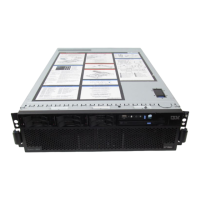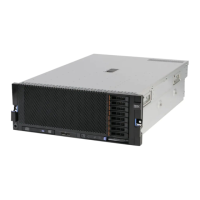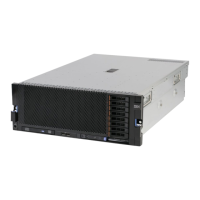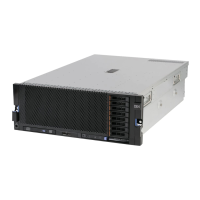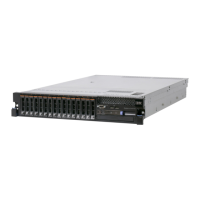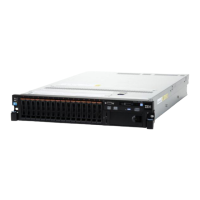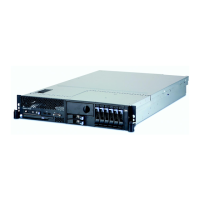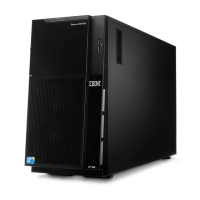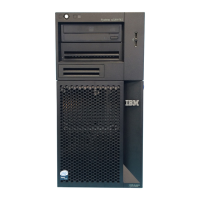Chapter 3. Product information 97
Remote console by way of a serial over LAN
Remote access to the system event log
Predictive failure analysis and integrated alerting features (for example, by using Simple
Network Management Protocol, SNMP)
Remote presence, including remote control of server by using a Java or Active x client
Operating system failure window (blue screen) capture and display through the web
interface
Virtual media that allow the attachment of a diskette drive, CD/DVD drive, USB flash drive,
or disk image to a server
For more information about the IMM2, see 2.8, “Integrated Management Module” on page 44.
For the IMM2 configuration, see 5.1, “Configuring the IMM2 settings” on page 132.
3.19.2 UEFI
The x3850 X6 and x3950 X6 servers use an integrated Unified Extensible Firmware Interface
(UEFI) next-generation BIOS.
UEFI includes the following capabilities:
Human-readable event logs; no more beep codes
Complete setup solution by allowing adapter configuration function to be moved to UEFI
Complete out-of-band coverage by Advanced Settings Utility to simplify remote setup
Using all of the features of UEFI requires an UEFI-aware operating system and adapters.
UEFI is fully backward-compatible with BIOS.
For more information about UEFI, see 2.7, “UEFI” on page 44 and the IBM white paper,
Introducing UEFI-Compliant Firmware on IBM System x and BladeCenter Servers, which is
available at the following website:
https://ibm.com/support/entry/myportal/docdisplay?lndocid=MIGR-5083207
For UEFI menu setup, see 5.2, “UEFI settings for performance” on page 142 and 5.3, “UEFI
common settings” on page 146.
3.19.3 Integrated Trusted Platform Module (TPM)
Trusted computing is an industry initiative that provides a combination of secure software and
secure hardware to create a trusted platform. It is a specification that increases network
security by building unique hardware IDs into computing devices. The X6 servers implement
TPM version 1.2 support.
The x3850 X6 has two TPM chips, located in the Primary I/O Book. The x3950 X6 has four
TPM chips.
Full disk encryption applications, such as the BitLocker Drive Encryption feature of Microsoft
Windows Server 2008, can use this technology. The operating system uses it to protect the
keys that encrypt the computer’s operating system volume and provide integrity
authentication for a trusted boot pathway (such as BIOS, boot sector, and others). A number
of vendor full-disk encryption products also support the TPM chip.
